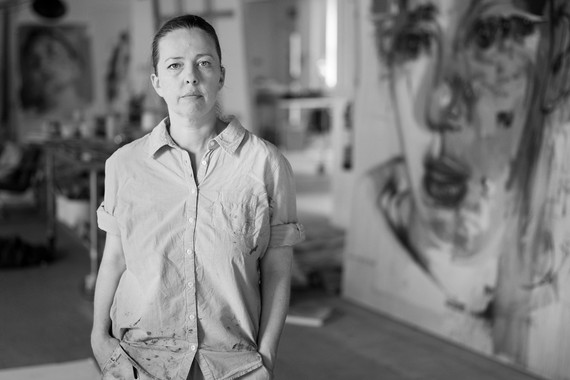Adrian Piper, “My Calling (Card) #1 (for Dinners and Cocktail Parties)”
Adrian Piper’s work is constantly questioning identity and exploring the definition of identity within race and sex. She is a conceptual artist that focuses primarily on performances. In her fifty plus years as an artist, Piper has explored installations, video and sound recordings, photography, and drawings along with performance. The piece “My Calling (Card) #1 (for Dinners and Cocktail Parties)” speaks to her experiences as a light-skinned biracial woman. While in white spaces her appearance generally allowed her to be taken in without much question. After being fed up with racist remarks comfortably made in her presence due to her seemingly white appearance, she created the clever and insightful calling card. The cards solved her problem on how she should behave in such an uncomfortable situation.
Piper's artist statement informs, "My work challenges the white viewer to transcend that deeply entrenched, carefully concealed sense of privilege, specialness, and personal superiority that comes from identifying oneself with society's most privileged group. If we are ever going to move toward a resolution of the problem of racism, not only in this country but internationally, we've got to overcome the divisive illusion of otherness, the illusion that each of us is defined not just by our individual uniqueness but by our racial uniqueness."
Piper's initial card tackles racism while her second deals with sexism. The calling card specifically addresses issues she faced being a woman in public spaces alone. She asks the person to respect her privacy and also states she is alone because she wants to be. After feeling frustrated with getting hit on doing things on her own, she made My Calling Card #2 as a response to men exercising their male privilege. The piece reminds me of common issues women face today including street harassment and cat-calling. It also challenges the preconceived value put on women to date and marry. Both cards were distributed materials during her performances in the late 80’s but unfortunately still ring true today.
Adrian Piper, “My Calling (Card) #2 (for Dinners and Cocktail Parties)”
For an insightful definition on identity and more information on the artist check out https://adrianpiper.weebly.com.
/https://public-media.si-cdn.com/filer/a0/01/a0013ccf-8be5-4be5-af76-75f0a5936121/bookeranonymousdonorweb.jpg)























